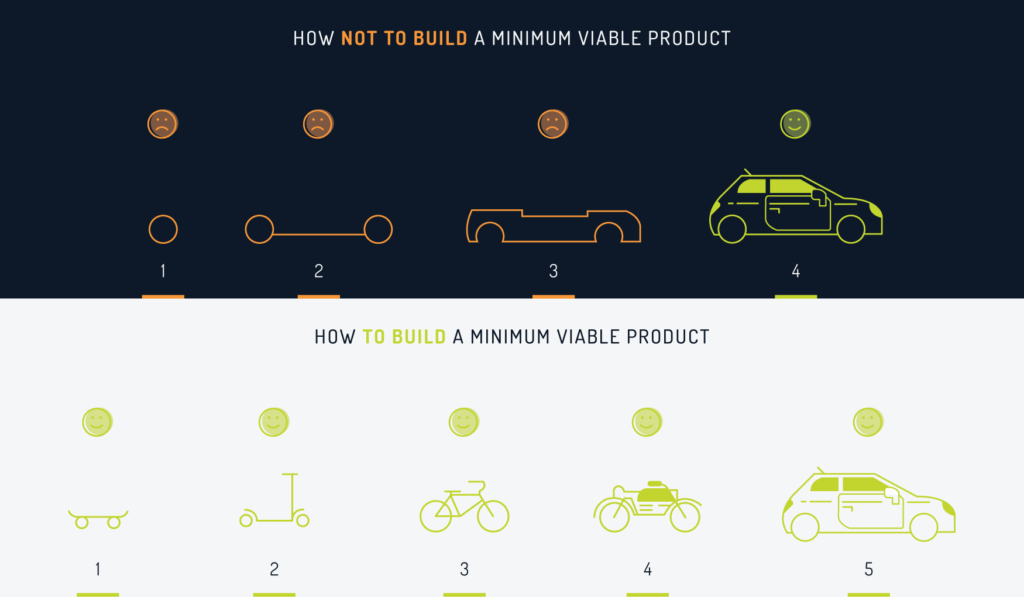In our last article, we emphasised the importance of having the right approach in setting up RPA successfully for your business. We shared our experience around the kind of processes RPA can be applied to as well as some of the key reasons for failure.
With a good understanding of your proposed approach, we’ll now share our insights on how to go about implementing RPA. First and foremost, we’ll start by pointing out that there is no right or wrong way to implementation – the roadmap will depend very much on the where your organisation is on its automation journey.
It is often said that RPA ‘takes the robot out of the human’. While that may be the case, the actual implementation of RPA itself requires a more humanistic rather than a robotic approach. The key starting point is aligning people, both leadership and employees alike, to the overall vision and clarifying their role in achieving it.
Define the Overall Automation Strategy and Educate Staff
Start with defining the long-term automation strategy, ensuring it’s aligned to organisational vision. This will help answer questions around why we want to automate, how we plan to get there and what the end state looks like. This is key to garnering crucial leadership support as well as providing clarity to employees, so everyone understands why automation is important. This also helps in positioning automation as a key priority.
It’s at this point that leadership should also come forward and educate staff on the importance of embracing change and allay any fears they may have about their future roles in the organisation. We can’t emphasise the importance of this key step enough given that your people are at the heart of driving any change! Ensuing discussions will help everyone understand the benefits of automation and the approach being taken.
Conduct a Proof of Concept to Demonstrate the Scope of RPA
Demonstrating RPA in action really is the best way to showcase the power of this tool and its impact. At this stage, carefully identify a process for the POC, considering all different systems and prevailing controls, as well as a thorough feasibility of the current process. The POC should be established rather quickly in the test environment and shown to stakeholders across the board. The before and after analysis will help stakeholders understand the indicative benefits.
Conduct a Focussed Feasibility Study
Go after the low hanging fruits or the business’ real pain points. Identify the first set of capabilities or processes across the organisation that can be automated using RPA. Note that capabilities refer to activities that are process agnostic, such as Journal Processing, for example, while processes refer to specifics like Accounts Payable. Click here for further guidance on process characteristics where RPA can be applied.
This helps in defining the RPA roadmap and understanding the magnitude of change being driven. Departments like People and Culture can make excellent use of this phase to design and plan initiatives to drive employee engagement and satisfaction.
Once the roadmap is well understood, start with defining the scope of RPA for each capability or process in the roadmap, its business case for change, high-level project plan and business requirements. Driving awareness for employees in parallel is also important, to ensure they are aware of the progress and are willing participants on this interesting journey.
Implement in Sprints
It’s best to automate in sprints. The way scoping for RPA is carried out defines the extent to which sprints can be applied i.e. if a process is long and complex, break it down into smaller parts with each part adding value to the next part of the process. The illustration below helps understand this concept better – when making a car, build and deliver a skate board then a scooter followed by a bike, until you have a car ready. At each stage of delivery, a customer will get to use your product rather than endlessly wait until the car is ready.


Ideally speaking, from development to test to implementation shouldn’t take more than 2-3 weeks. In parallel, teams such as Risk and Information Security can start to size and implement controls to ensure the security of data and the underlying systems isn’t neglected.
Stabilise and Scale
Finally, we reach the point where RPA is running in a stable manner and is ready to accept more workload. Often this is a turning point in the automation journey, both in terms of benefit realisation and change management.
Why benefit realisation? Benefits will only be realised based on increased workload. The increase has to be carefully planned (i.e. staggered) so that the RPA system’s performance can be monitored to avoid any technical snags and workload pile up. This will also help in building confidence in the new technology for all stakeholders.
Why change management? – Any diversion of workload to the RPA system will have a direct impact on staff morale. The staff will suddenly see a drop in volumes for manual processing and their idle time increase. This may naturally lead to staff asking questions and this is where fear of job loss may surface which could adversely impact benefit realisation if not managed effectively.. Hence best way to allay any fears is to proactively provide an assurance and a clear plan of moving staff to higher value work, where possible.
Simply put, a well thought through change management plan coupled with increase in workload, will speed up the change and benefits realisation journey.
Stay tuned for our next instalment as we look at some common business problems solved by RPA.


